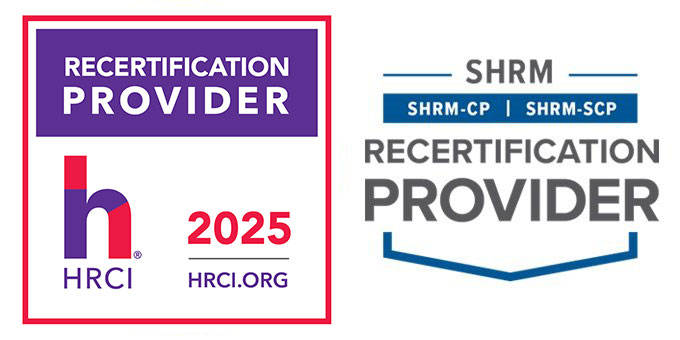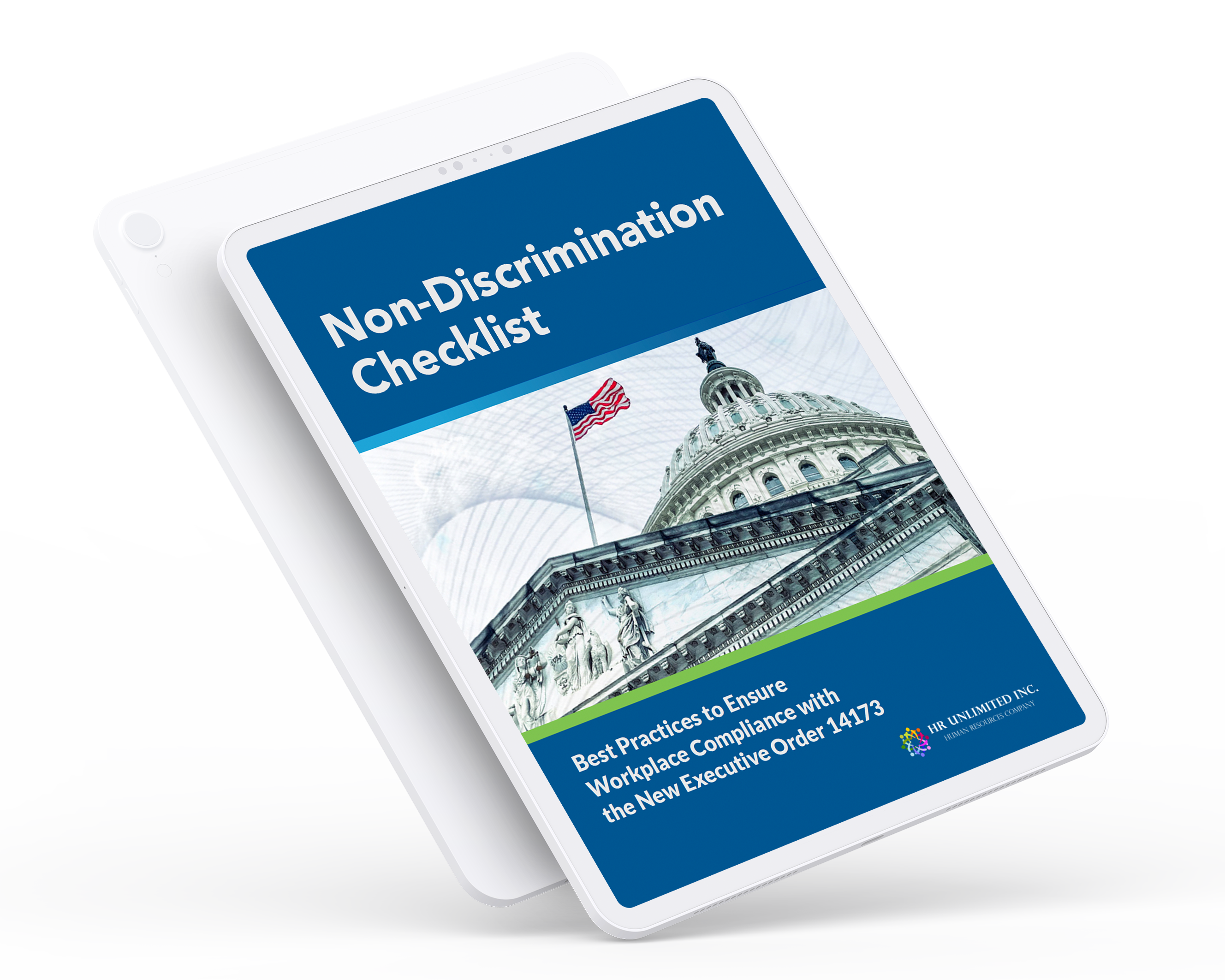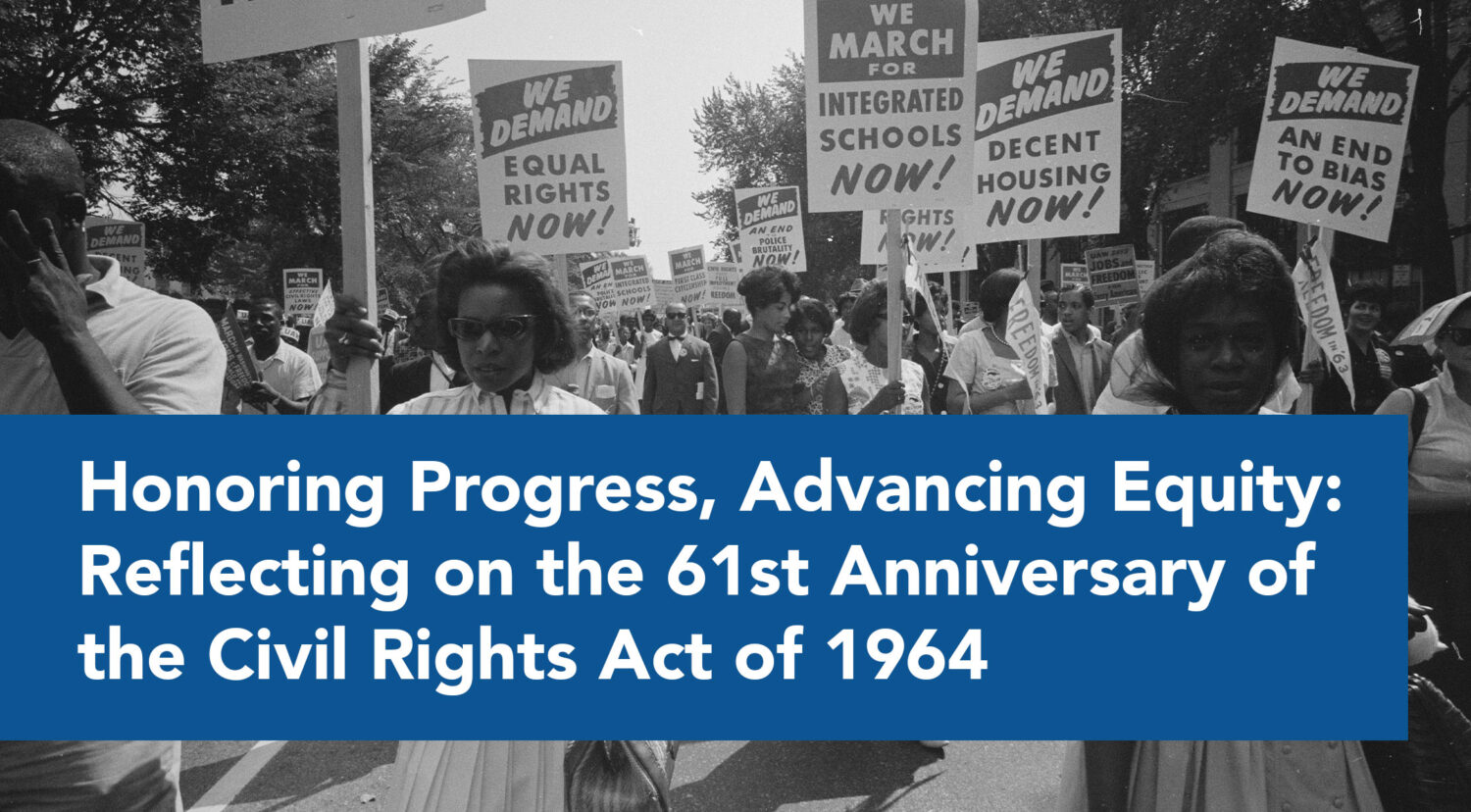In Part I we gained an overview of the changes to the OFCCP’s Scheduling Letter and the Itemized List. In this part we will discuss the changes related to compensation practices, and their likely impact, as they appear to be the changes posing the biggest concerns for contractors.
A. Compensation Data:
The new Item 19 on the Itemized Listing does not just ask for your compensation data. It seeks detailed, precise compensation data — for each individual employee. The previous Itemized Listing only asked for aggregate compensation data for the employees represented in the AAP. If you thought that individualized compensation data simply means each employee’s salary, you may be in for a shock. Item 19 defines “compensation data” not only as base salary but also: hours worked, bonuses, commissions, merit increases and overtime. You must also provide information as to each employee’s gender, race/ethnicity, hire date, job title, EEO-1 category and job group. These items were not included in the previous Itemized Listing.
In addition, you must identify the factors you use to determine your employees’ compensation and submit any and all compensation-related policies. Examples of such factors are education, experience, work location, performance ratings, department or function, and salary level/band/range/grade. Policies are particularly important if they include the factors you use to determine compensation.
B. Employees:
Now that you know you must provide compensation data (as defined above) for each employee, there is still one more question that the OFCCP answers in a very expansive manner: Who exactly are your “employees”? At first glance, you might think that all you need to do is look for who is on your payroll. Think again. The OFCCP in the new Item 19 defines employees as full-time, part-time, contract, per diem or day labor and temporary workers. Note that this definition includes workers who are not even on your payroll! By now you are probably getting a pretty good idea of just how much more work you have cut out for you to be prepared for a Compliance Evaluation.
C. Analysis:
Are all these changes really necessary? How does the OFCCP justify or explain them? What do they mean for the contractor community going forward?
Many aspects of the new Itemized Listing are either the same or nearly the same as the previous one, such as: the organizational profile, formation of job groups, minority and female availability for each job group, comparison of incumbency to availability in each job group, and placement goals for each job group in which employment percentage of women and minorities is less than would reasonably be expected given their availability. Data relating to results of evaluations of effectiveness outreach efforts to IWD’s and protected veterans, documentation of actions taken to comply with audit and reporting system requirements, and documentation of computations for the immediately preceding AAP year are among the new requirements. While these impose significant additional requirements on contractors, again, they do not appear to be the chief concern.
The OFCCP’s new requirement that contractors provide individualized compensation data, with its broad definitions of “compensation” and “employee” presents the biggest concern. Why did the OFCCP expand these requirements and definitions? The OFCCP has argued that summary pay data is “meaningless”, and that collecting individualized compensation data will allow it to “engage in a broader, deeper analysis of pay”. While these arguments certainly square with both the OFCCP and the President’s statements emphasizing the focus on ending pay disparities, it is also inherently self-contradictory once we look at the requirements associated with submitting Equal Pay Reports. On the one hand, the OFCCP seeks individualized compensation data in its new Itemized Listing; on the other hand the OFCCP requires the same “meaningless” aggregate compensation data in its recently proposed Equal Pay Report. Why is summary pay data “meaningless” in a Desk Audit, but not in an Equal Pay Report? The OFCCP does not explain the apparent contradiction. There is also a significant disconnect between the groupings used in an AAP (and the new Itemized Listing) and those called for in the Equal Pay Reports you are already required to submit. What is the interplay be between the Equal Pay Report and the Itemized Listing? The OFCCP has not addressed this obvious disconnect, leaving the contractor community scratching its collective head.
Unfortunately, however that is not all. The EEO-1 is essentially a snapshot of your hiring practices. Is the OFCCP now trying to obtain a snapshot of compensation practices? Is it possible to do that? If so, does requiring individualized data beyond base salary really meet that objective? While base pay information is usually found in Human Resources Information Systems, most if not all the other information is likely to be in different payroll systems. The data you must gather then, is not all in the same place. What about the differing definitions of “employee” contained in the EEO-1 reports and the new Itemized Listing? Who will reconcile these differences? Unfortunately, it looks like it will be you—the contractor.
D. What to Do?
While as of now there are no clear, concrete answers as to what you should do, here are some ideas:
• Get familiar with the new Scheduling Letter and Itemized Listing now!
• Begin working on knowing and being able to access the data set forth in the Scheduling Letter and Itemized Listing — now!
• These changes, and the lack of guidance from the OFCCP can have serious consequences. Don’t try to handle it alone. Get assistance. Engage an Affirmative Action Consultant and/or attorney to help you navigate these new, choppy waters.
For more information, contact Ahmed Younies at 714 426-2918, x. 1 or [email protected].





